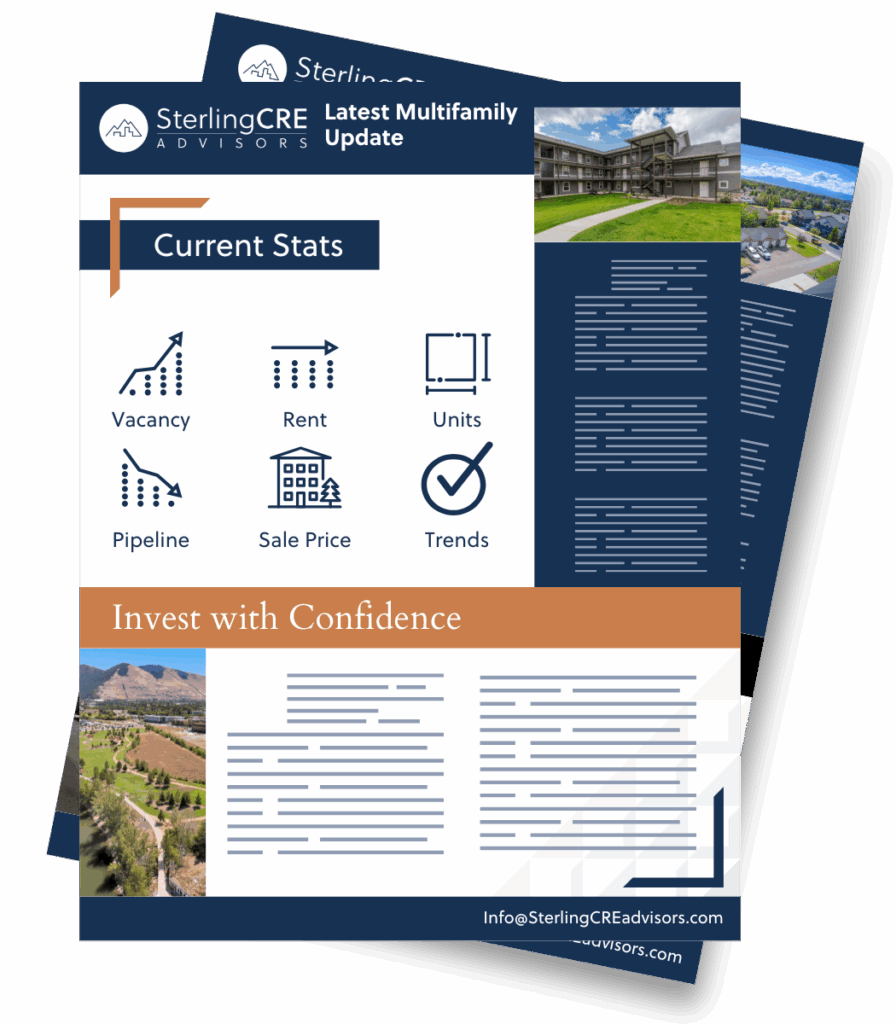In a state with as much land as Montana, you might have thought finding housing would have been easy – but why is it so dang expensive to live here?
When will the apartment market become more stable in Montana? What has to give for rents to even out and more units to become available? Solving the multifamily housing crunch: how does that work? We hear a lot about how the multifamily, or apartment, market is in a major squeeze. What are some solutions? Here are the top five ways we could hit the release valve on the housing market and make housing less expensive in Montana.
1.
The hope is that, in order to attract and keep good employees, wages rise faster. Thus make housing more accessible. However, with construction costs doubling and even tripling for some key materials, wages aren’t likely to rise fast enough to even out rising rents. We could hope for material and labor costs to come back down, but that’s unlikely given the big infusion of stimulus into the economy.
2.
Apartment developers could accept lower margins for a project. And while it’s easy to assume that scummy developers should do just this and simply make less money, the reality is that by lowering their margins, they also increase their risk. The increased risk makes lenders skittish since a lower margin means that there is very little buffer for any issues that arise on a project. Low margins equal no funding. No funding equals no new housing in the market.
3.
Some folks advocate for slowed growth. If population growth levels off or declines as a result of a pricey rental market or lack of job opportunities, that would decrease pressure and demand for new housing. Is that likely? Probably not, as shown by the intense interest in Montana from folks all across the country.
4.
A major shift in the construction cost paradigm through innovation in methods, management, financing, or technology. A very fledgling example of this would be 3D printed houses.
5.
The only immediate, actionable answer: increased density. NIMBYs aside, increased density, which spreads the land cost out over more units, allows for economies of scale on infrastructure costs. Simply put, that means more apartments can be built for less money – and that translates to more affordable apartment inventory in the market.
These aren’t the only answers, they are the ones we hear about most often. Get more on multifamily intel in Montana with Nick Chaussee.

